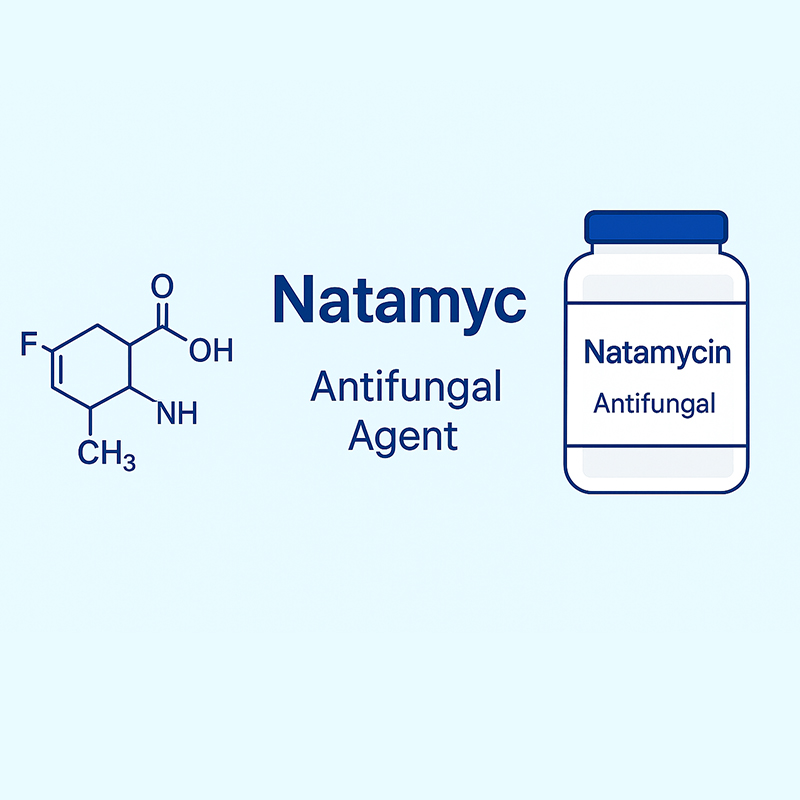Shelf Life Extension of Sausages with ε-Polylysine
Introduction: The sausage market in Europe is evolving, with increasing consumer demand for clean-label products—those without artificial additives or preservatives. This case study explores the extension of sausage shelf life through the application of ε-Polylysine, a naturally derived preservative, alongside sodium lactate, to prevent microbial spoilage and maintain sensory quality.
Problem: Sausages, particularly vacuum-packed ones, are prone to microbial contamination and spoilage over time. The presence of harmful pathogens like *Salmonella* spp. and spoilage bacteria such as *Enterococcus* spp. significantly reduces the shelf life of these products. Additionally, changes in texture, color, and off-flavors due to spoilage make it difficult to keep sausages fresh in stores, creating food safety concerns and increasing food waste. The traditional shelf life of sausages at 4°C was approximately 10 days, which needed to be extended to meet the demands of both retailers and consumers.
Solution: To address these challenges, 0.25% ε-Polylysine was introduced to the sausages after the cooking process through a surface dipping technique. ε-Polylysine is a natural antimicrobial compound, renowned for its ability to inhibit the growth of foodborne pathogens. It was combined with a low-dose of sodium lactate, which helps in controlling the growth of spoilage bacteria.
The post-cooking application method ensures that the preservative reaches the surface of the sausages, providing effective antimicrobial protection while maintaining the natural appearance and flavor. The synergistic effect of ε-Polylysine and sodium lactate is particularly beneficial for extending shelf life without the need for artificial preservatives, making the solution compatible with the growing consumer demand for clean-label products.
Results:
Extended Shelf Life: The shelf life of vacuum-packed sausages was extended from 10 days to 22 days at 4°C. This increased shelf life enables retailers to reduce product turnover and minimize waste, while also enhancing consumer satisfaction with fresher products that last longer.
Microbial Inhibition: The combination of ε-Polylysine and sodium lactate successfully inhibited the growth of *Salmonella* spp., *Enterococcus* spp., and other spoilage microorganisms, which are commonly found in processed meats. This significantly reduced the risk of foodborne illnesses and improved food safety.
Maintained Sensory Quality: Despite the extended shelf life, the sausages maintained their fresh flavor, texture, and color. There were no off-flavors, discoloration, or textural changes, ensuring that consumers received a high-quality product even at the end of its shelf life.
Conclusion: The use of ε-Polylysine and sodium lactate in sausages has proven to be an effective solution for extending shelf life while ensuring food safety and maintaining product quality. This clean-label approach not only meets consumer demands for natural preservatives but also provides a valuable tool for manufacturers to enhance the marketability of their products. By reducing waste and ensuring the safety and quality of sausages, this innovative solution addresses both consumer preferences and industry challenges in the European market.
.jpg)
